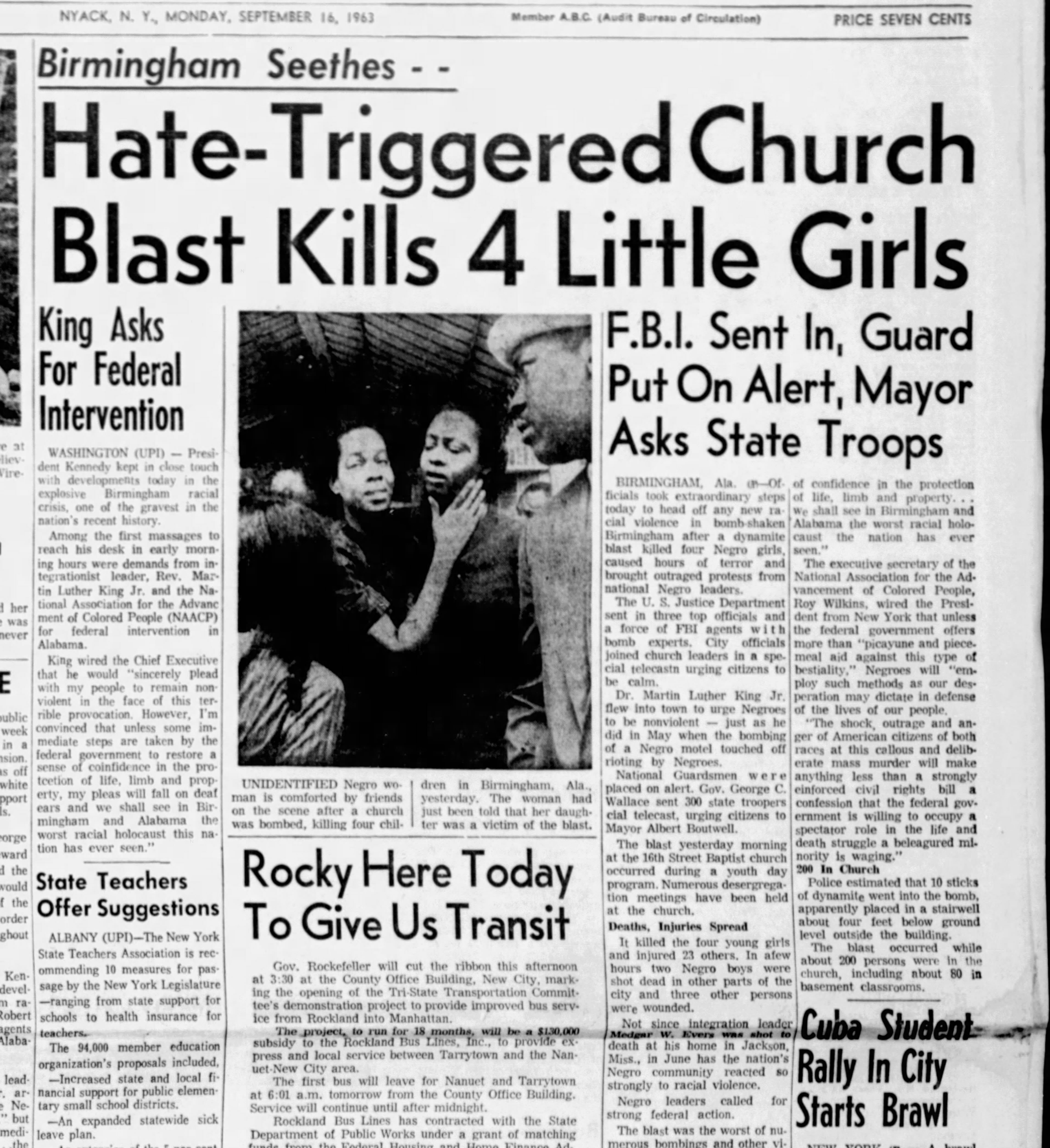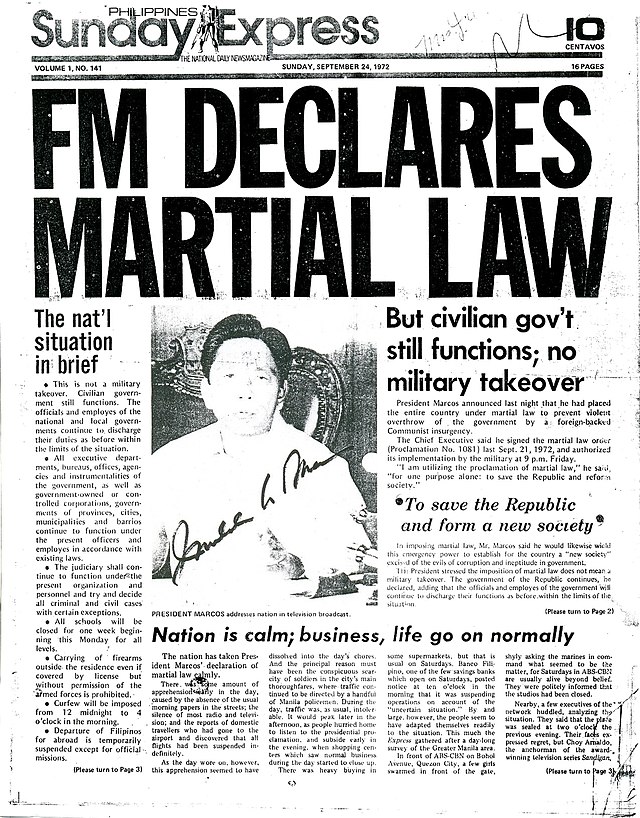A Biased View of News Articles
A Biased View of News Articles
Blog Article
5 Simple Techniques For News Articles
Table of ContentsThe Greatest Guide To News ArticlesOur News Articles PDFsGetting The News Articles To WorkA Biased View of News ArticlesThe 25-Second Trick For News Articles
Excellent understanding of different topics offers trainees a competitive edge over their peers. Although electronic and social media sites are easily easily accessible, we ought to not neglect how vital it is to check out the newspapers. Parents should attempt and instill the behavior of reviewing a paper as a day-to-day routine to continue the heritage of the adored print tool.Information stories likewise have at the very least one of the adhering to crucial characteristics family member to the desired target market: proximity, importance, timeliness, human rate of interest, anomaly, or consequence.
Within these limits, information tales also aim to be detailed. However, various other aspects are included, some stylistic and some stemmed from the media kind. Among the larger and more recognized papers, fairness and equilibrium is a major consider presenting info. Discourse is usually constrained to a separate area, though each paper might have a different overall slant.
Newspapers with an international audience, as an example, tend to use a more formal design of creating. The details choices made by an information outlet's editor or content board are usually accumulated in a design guide; typical design overviews consist of the and the United States News Style Book. The main goals of news writing can be summed up by the ABCs of journalism: accuracy, brevity, and clarity.
The Main Principles Of News Articles
As a rule, reporters will not utilize a lengthy word when a short one will do. They make use of subject-verb-object building and construction and vibrant, active prose (see Grammar). They supply anecdotes, instances and metaphors, and they rarely rely on generalizations or abstract ideas. Information writers try to stay clear of using the exact same word greater than as soon as in a paragraph (sometimes called an "echo" or "word mirror").
Headings often omit the topic (e.g., "Leaps From Watercraft, Catches in Wheel") or verb (e.g., "Cat woman lucky"). A subhead (also subhed, sub-headline, subheading, subtitle, deck or dek) can be either a subservient title under the major heading, or the heading of a subsection of the post. It is a heading that comes before the major message, or a team of paragraphs of the main text.

Additional signboards of any of these types may show up later in the short article (especially on succeeding pages) to tempt further reading. Such signboards are also used as guidelines to the short article in various other areas of the publication or website, or as advertisements for the piece in various other magazine or sites. Normal structure with title, lead paragraph (summary in strong), other paragraphs (details) additional hints and contact information.

Instance of a hard-lead paragraph NASA is suggesting an additional space project. The firm's budget demand, revealed today, consisted of a plan to send another mission to the Moon. This time the firm wants to establish a long-term center as a jumping-off place for other space experiences. The budget demands about $10 billion for the task.
An "off-lead" is the 2nd most important front page information of the day. To "hide the lead" is to start the article with history info or information of additional relevance to the viewers, compeling them to check out even more deeply into a write-up than they must have to in order to find the essential points.
Not known Facts About News Articles
Usual use is that a person or two sentences each create their own paragraph. Journalists normally explain the organization or structure of a newspaper article as an upside down pyramid. The crucial and most interesting components of a story are put at the start, with supporting details adhering to in order of reducing value.
It permits people to discover a subject to only the deepness that their curiosity takes them, and without the imposition of information or subtleties that they might think about pointless, but still making that details readily available to a lot more interested visitors. The inverted pyramid framework likewise allows write-ups to be trimmed to any approximate length throughout format, to suit the room readily available.
Some writers start their tales with the "1-2-3 lead", yet there are many kinds of lead available. A kicker can refer to numerous things: The last story in the news program; a "satisfied" story to end the show.
Longer write-ups, such as linked here publication cover short articles and the items that lead the within sections of a paper, are known as. Function stories vary from straight information in numerous ways.
Not known Facts About News Articles
A feature's very first paragraphs frequently associate a fascinating minute or occasion, their website as in an "unscientific lead". From the details of a person or episode, its view quickly broadens to generalizations concerning the story's subject.

The Editor's Toolbox: A Recommendation Guide for Beginners and Professionals (2001) Allan M. Siegal and William G. Connolly. The New York Times Handbook of Style and Use: The Official Design Overview Used by the Writers and Editors of the World's Many Authoritative Paper (2002) M. L. Stein, Susan Paterno, and R.
Report this page